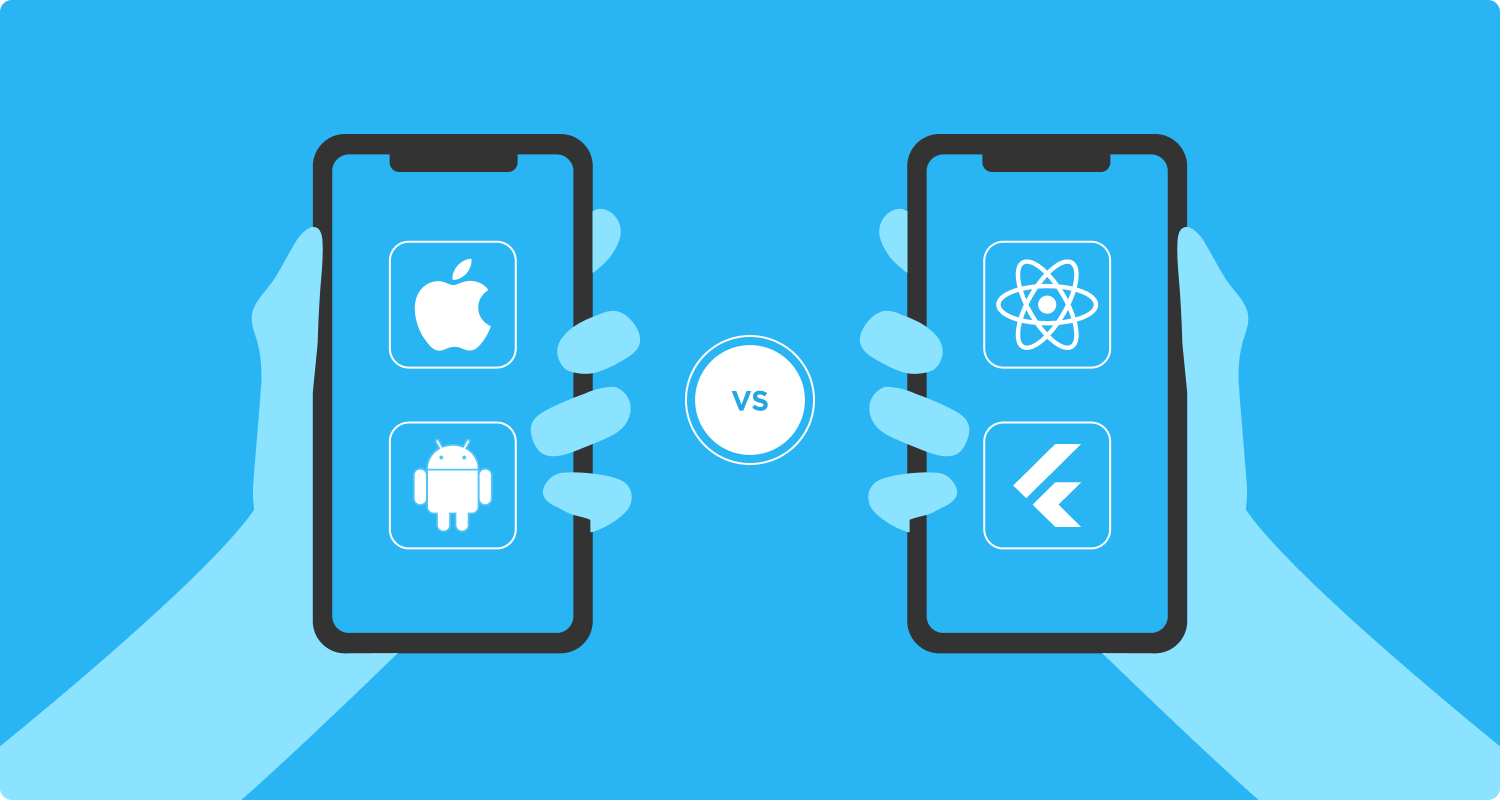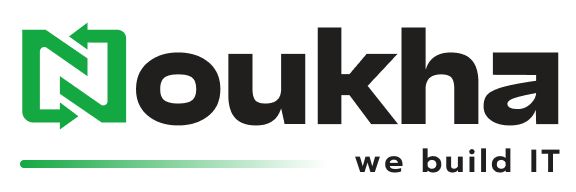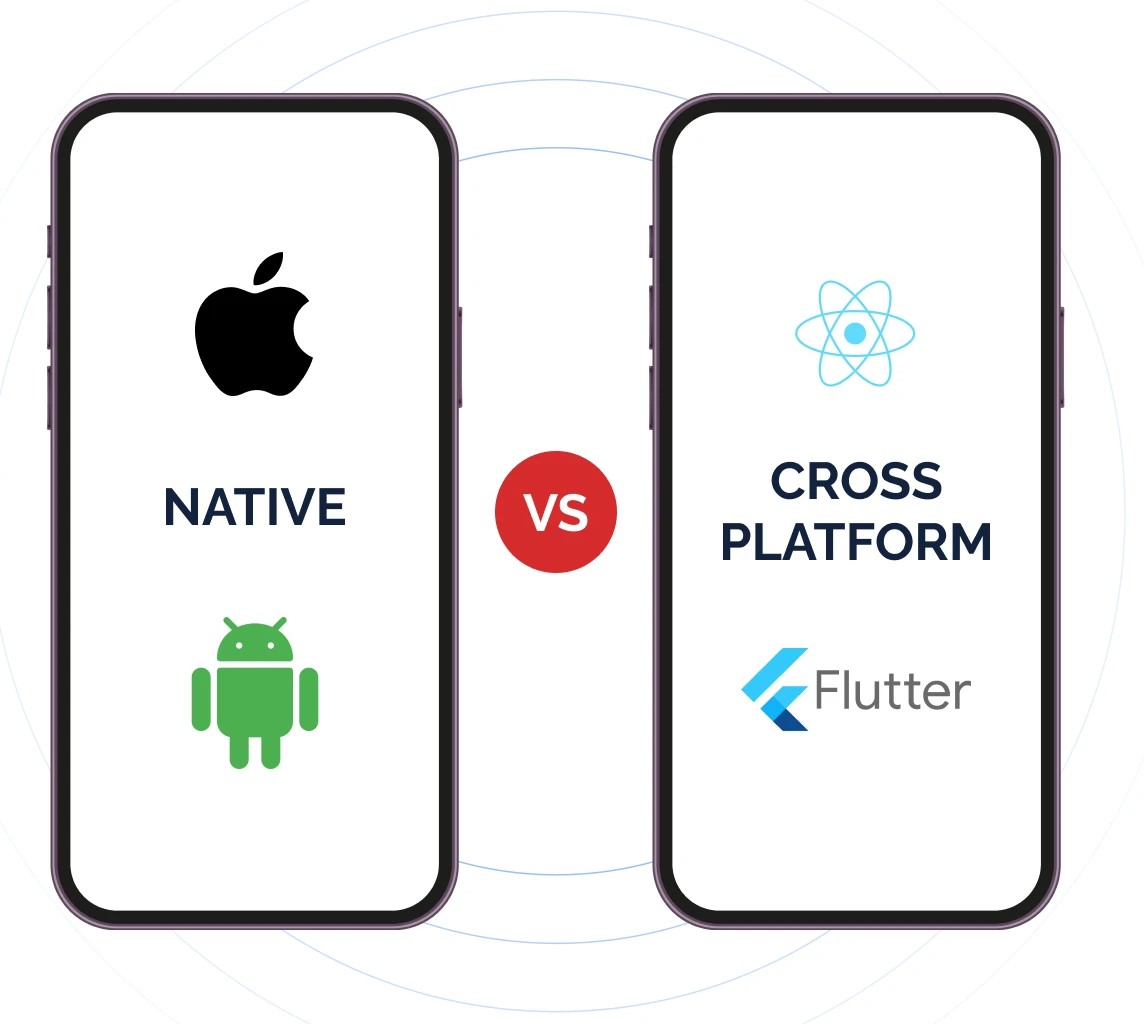With the continued evolution of mobile technology, there are critical decisions that Canadian businesses must make when coming up with mobile apps. The decision between native and cross-platform mobile app development can define the performance, cost-effectiveness, and time-to-market of your app. As the year 2025 draws closer, it is crucial to learn the current trends, tools and strategies to make the best choice in your business.
This guide will discuss the distinction between native vs cross-platform mobile app development in Canada, the most recent trends in the field and the actionable insights on your next mobile project.
The reasons why Mobile App Development is Crucial in 2025
The mobile app demand is fast-growing in Canada in the areas of fintech, healthcare, e-commerce, and enterprise software. The worldwide smartphone population is projected to reach about 4.69 billion by the close of the year 2025, thus the significance of high rank of mobile presence.
The Canadian companies require fast, secure, cost-effective and scalable apps. Deciding on whether to develop native or cross-platform is the key to attaining these objectives.
What is Native App Development?
Native apps are written to a specific platform (either iOS or Android) in platform-specific code languages such as Swift on iOS and Kotlin on Android. Xcode, Android Studio, and IntelliJ IDEA are examples of development tools and provide features of advanced debugging, testing, and project management.
Advantages of Native Apps
Superior Performance: Optimized to certain devices and OS, better and smoother experiences.
Complete Control of the Features of the devices: Take the advantage of cameras, GPS, push notifications and hardware accelerated graphics.
Advanced Security: Platform-specific programming minimizes security threats.
Improved User Experience: Native UI elements provide a design-appealing, responsive, and uniform interface.
Fast Updates: Direct access to the new features and updates of the OS.
Limitations of Native Apps
Increased Price: iOS and Android development demand two sets of code and two teams.
Delays in the Time-to-Market: Numerous development cycles delay launch.
Resource Intensive: It needs additional designers, testers, and developers to maintain it continuously.
The Native Apps are best used in the following cases:
- High-performance gaming applications.
- Complex operations that involve high level data processing.
- Strict security requirements of enterprise apps.
What is Cross-Platform App Development?
Cross-platform mobile applications: Cross-platform applications utilize a shared code to implement applications on several platforms. Canada has popular systems, such as Flutter, React Native, Ionic, and Xamarin. These systems enable programmers to create applications and execute them in iOS, Android as well as web devices.
The benefits of Cross-Platform Apps.
Cost-Effective: A single codebase cuts down on development and maintenance costs by as much as 50 per cent. 
Rapid Development: 90% of the code is reusable which allows a faster launch and reuse of new features.
More convenient maintenance: Bug fixes and updates are done on all platforms at the same time.
Quick Prototyping: The perfect one that suits MVPs and startups in need of market validation.
Stable User Experience: The functionality of the platform should be comparable, creating a coherent brand.
The drawbacks of Cross-Platform Apps.
Performance Limitations Computationally intensive applications might not be comparable to native performance.
Restricted Access to Device Features: There are certain platform-specific features that may be limited.
UI Inconsistencies: It may be difficult to be flawlessly compatible with the OS-specific design styles.
Optimal Applications of Cross-platform Applications:
- Minimum Viable Products (MVPs).
- News, e-commerce, media applications are content-based ones.
- Multi-platform apps within a short time and at a low cost.
Future Trends in Mobile Development in Canada by 2025
AI-Based App Development – automation of testing, interface customization and performance optimization. 
5G-Enhanced Apps – Speedy connectivity allows real-time streaming, AR/VR and high-performance apps.
Progressive Web Applications (PWAs) – Will provide offline, instant and cheaper features.
Sustainable App Development – servers are less loaded and the code is energy-efficient, which is a goal of green tech in Canada.
Hybrid App Innovation – This is a blend of performance that is native and web flexibility through the use of such frameworks as Flutter and React Native.
Deciding on the Right Strategy: Native vs Cross-Platform Mobile App Development
| Factor | Native App Development | Cross-Platform App Development |
| Performance | Optimal, depending on OS | maximal, might fall behind in intensive tasks |
| Development Cost | High | Single, lowermost codebase |
| Time-to-Market | Longer Faster | code reuse speeds launching |
| Access to Device Features | Full | Limited in some cases |
| Maintenance | OS-specific, isolated updates | OS-specific, easier updates |
Guidelines:
Select native when performance, security or device specific features are of great concern.
Select cross platform due to its cost effectiveness, rapid implementation, and cross platform coverage.
How to Ready Your Mobile App Development Strategy by 2025.
Canadian businesses should:
Make cross-platform strategies align with the app strategy in case of cost and speed concerns.
Utilize native applications with high-performance, feature rich applications.
Embed AI, 5G and PWA capabilities to deliver the state-of-the-art experiences.
Demonstrate the app performance based on such KPI as load time, responsiveness, and the use of resources.
Pay attention to the user experience, security and scalability to achieve the success in the long run.
Conclusion
Native vs cross-platform mobile app development should be decided according to your business interests, financial resources, and the expectations of the users. The cross-platform apps are taking over as the new trend among start-ups and cost-efficient ventures in the fast-evolving technological landscape of Canada, whereas native applications continue to be the preferable choice in case of larger and more complex applications.
Knowing the advantages, the constraints, and the future tendencies in 2025, Canadian companies are able to come up with smarter decisions in the development of mobile apps to help boost their growth, engagement, and competitive edge.
FAQs
Q1. What is the primary distinction between cross platform and native app?
Native applications are made to cater to one platform (iOS or Android), whereas cross-platform applications have the same codebase on more than one platform.
Q2. What is more economical in terms of an app?
Cross-platform applications tend to be more economical because there is a single codebase and they are maintained in one place.
Q3. Are cross-platform applications fast as native applications?
Although there is an improvement in cross-platform performance, native applications remain faster in computationally intensive activities such as gaming or real time streaming.
Q4. Does AI and 5G enhance cross-platform applications?
Yes, AI and 5G network combination can improve the efficiency of apps, personalization, and real-time user experiences.
Q5. What model should startups in Canada adopt in 2025?
Flutter and React Native are the best alternatives to use in startups because they have fast development, extensive communities of developers, and scalable codebases.


